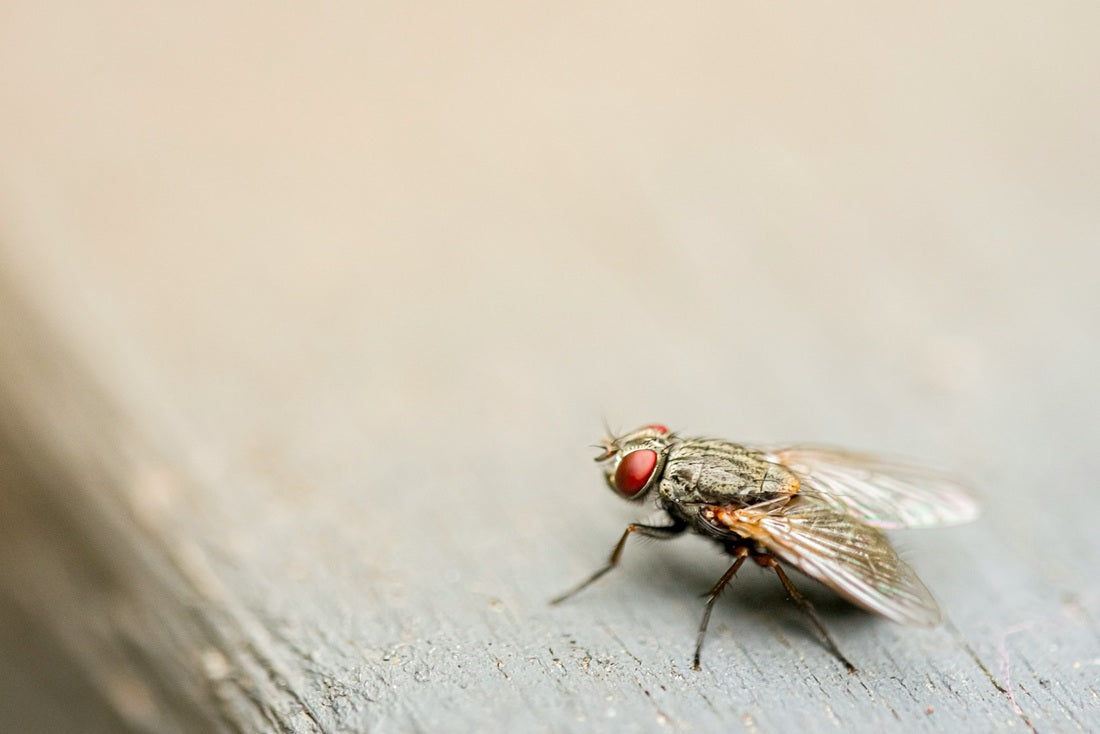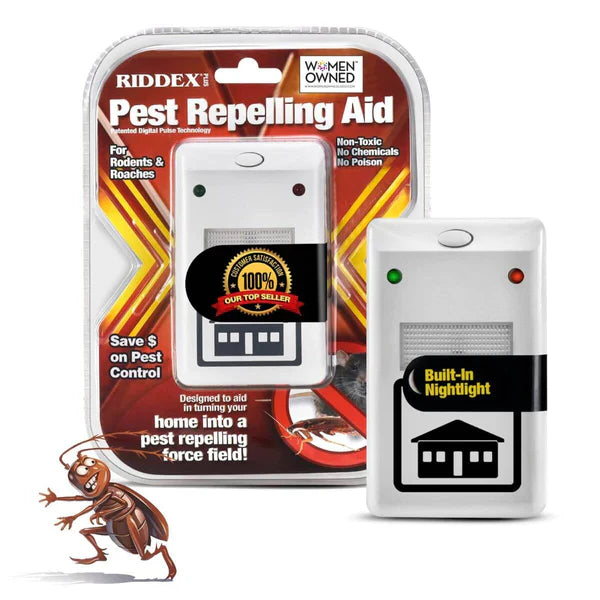
If you suspect that mice are living in your home rent-free, you’re probably open to trying just about anything to get rid of them. But before you rub peppermint all over your walls, buy mouse traps that make you uneasy, or even get a cat, know there is a more humane and safe approach.
In this article, we’ll go over how to know you have an infestation, why mice are so difficult to deal with, and how to get rid of mice in your home for good.
Signs Your Home is Infested
Most of the time, if you have a mouse problem, you know. But other times it can be harder to tell. Here are signs that you’re housing unwanted visitors:
- Bite Marks: The main reason mice enter your home is to scavenge for food. So, you’ll likely find gnaw marks on your pantry items or packaged foods, particularly grains. Furniture, wires, and insulation could also show signs of bite marks.
- Rodent Droppings: Droppings are small—around the size of a grain of rice. They usually become a dark gray color after some time. You could find droppings along baseboards, near food sources, under appliances, and in cabinets or drawers.
- Mouse Runways: Mice are creatures of habit. For that reason, they’ll use the same path over and over again to navigate through your home. If you see a path outlined with droppings or dusty footprints, it may be a runway for a mouse family.
- Scratching Noises: Hearing scratching or scampering in the dead of night? That’s a tell-tale sign that mice have taken up residence in your walls.
The Downsides of a Mouse Infestation
Mice don’t bite or bother humans, but that doesn’t mean they can’t wreak havoc in other ways.
For starters, they love to chew. Since their front incisors never stop growing, mice will chew on anything and everything they can—at the expense of appliances and furniture. In the worst-case scenarios, their chewing habits can become a fire hazard if they get ahold of open electrical wires.
Although rare, mice can also transmit diseases like hantavirus, salmonellosis, and leptospirosis to humans. If you notice droppings in your cabinets or floor, be sure to promptly disinfect the area and wash your hands. Never eat anything from chewed or otherwise damaged packages in your cupboard. It’s better to toss it entirely rather than to risk the chance of illness.
Why Mice are So Hard to Get Rid Of
If you’re dealing with a mouse infestation, you know that they’re annoyingly skilled at hiding and avoiding. This makes finding and removing them particularly tricky. Knowing how to get rid of mice in your home starts with understanding how they operate.
Mice are drawn to your home with the promise of warmth, food, and shelter. They’re able to squeeze through tiny cracks and holes—as small as a quarter inch—to gain access. Once they’re in, they quickly set up shop.
Unfortunately, finding a mouse nest is nearly impossible. They tend to favor hard-to-reach locations, such as attics, insulation, or wall voids.
On top of that, mice breed very quickly. Once you have one, more are soon to follow. A single female mouse can have around 10 litters in a year. And that count doesn't even account for the mice that subsequent litters will contribute.
Should You Use Chemical and Snap Traps?
Let’s go over common (and controversial) mice removal techniques:
Snap Traps
For many, snap traps are what first come to mind when thinking of rodent control. Ideally, these traps work through a triggering mechanism that clamps onto the mouse and instantly kills it.
But the truth is that snap traps are not viable nor are they humane.
For one, mice are constantly reproducing. If the infestation has grown past a certain point, traditional traps simply won’t cut it.
Additionally, a quick death isn’t guaranteed. Sometimes a snap trap will clamp onto a leg instead, leaving the mouse trapped and in pain. This can make clean-up unpleasant and distressing, which is a major deterrent for many people.
Rodenticides
Chemical bait is another popular option. They seem “innocent” enough. On the surface, the rodent will ingest them and die—and you can put your problems to rest.
In reality, these traps have a host of problems. Mainly, their inhumane nature, safety issues, and environmental impact.
Once a mouse ingests the bait, they wander off to experience a slow and unpleasant death from internal bleeding.
To make matters worse, native wildlife often suffers the consequences. Owls in particular have even been found to have dangerously high levels of rodenticides in their system. Ultimately, this disrupts the balance of local ecosystems, as it contributes to an increased mortality rate among predators.
Rodenticides are dangerous for household pets as well. In fact, the ASPCA puts rodenticides in their Top 10 Pet Toxins List, year after year. If your pet accidentally ingests rodenticides, they can experience vomiting, seizures, and other scary side effects.
How to Get Rid of Mice in Your Home
Let’s cover the best ways to get rid of our furry housemates in a way that doesn’t harm them or the environment.
First, you can start by implementing a diligent cleaning routine. Don’t let trash sit for too long, seal up and make pantry food mice-proof, and always sweep crumbs right away.
It may also help to seal up gaps and cracks in the foundation of your home.
But as helpful as sanitation and sealing gaps are, they aren’t necessarily going to be your ticket to a mouse-free home.
Instead, a more advanced approach, like with Riddex’s Riddex Plus, can eradicate mice within days by utilizing their patented pulse technology to create an invisible shield that confuses mice, and encourages them to get out of the area—and fast.
With this method, there’s no need to scope out mice or use inhumane methods. Riddex Plus will reach mice in the most obscure areas and drive them out of your home. The best part? It’s children and pet-safe, waste-free, and doesn’t take a toll on natural ecosystems.






